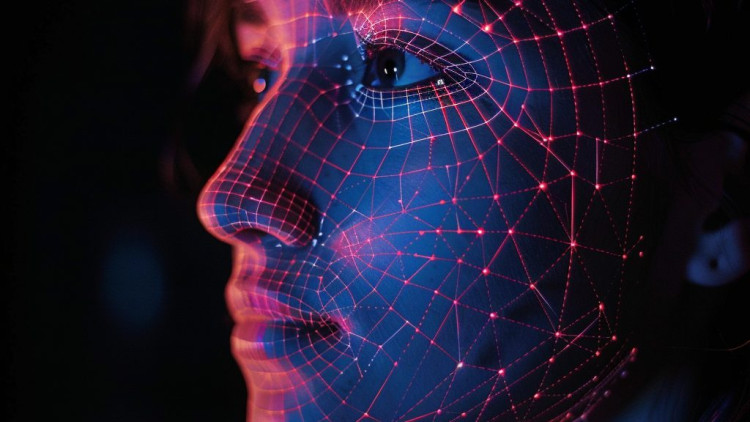Emotions play a crucial role in human interaction and understanding them can be essential in various fields such as psychology, customer service, and healthcare. With the advancements in artificial intelligence (AI), it is now possible to detect emotions using AI algorithms. Detecting emotions using AI involves analyzing facial expressions, voice tonality, and other physiological signals to accurately identify and classify emotions. This technology holds immense potential for improving human-computer interaction and creating empathetic AI systems.
Facial Expression Analysis
One of the most common methods for emotion detection is facial expression analysis. AI algorithms can analyze facial features, such as the movement of the eyebrows, corners of the mouth, and the eyes, to identify emotions like happiness, sadness, anger, or surprise.
Using computer vision techniques, AI models can detect these facial expressions and assign them to specific emotions. This technology can be used in various applications such as video analysis, surveillance systems, and even in diagnosing mental health conditions.
Voice Tone Analysis
Another method for emotion detection is voice tone analysis. AI models can process speech patterns, pitch, and intonation to determine the emotional state of a person.
By analyzing vocal cues, AI algorithms can identify emotions like joy, fear, anger, and sadness. This technology is particularly useful in call centers, where customer service representatives can benefit from real-time emotion detection to provide better support and resolve issues more effectively.
Physiological Signals
AI can also analyze physiological signals, such as heart rate, breathing patterns, and perspiration levels, to detect emotions. By measuring these physiological responses, AI algorithms can infer a person’s emotional state.
This technology can be applied in healthcare settings to monitor patients’ emotional well-being and detect early signs of mental health disorders. It can also be used in wearable devices or in virtual reality experiences to create more immersive and personalized experiences.
Emotion detection using AI is a rapidly evolving technology with a wide range of applications. By accurately identifying and classifying emotions, AI systems can enhance human-computer interaction, improve customer service, and aid in mental health diagnosis and treatment. As AI continues to advance, we can expect even more sophisticated emotion detection techniques that will revolutionize various industries.










